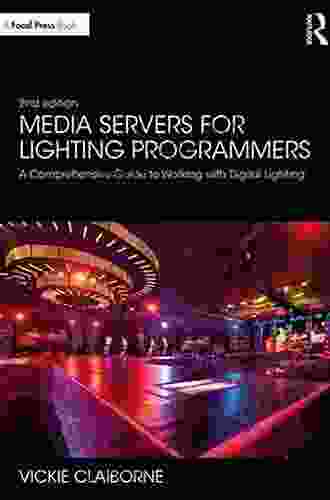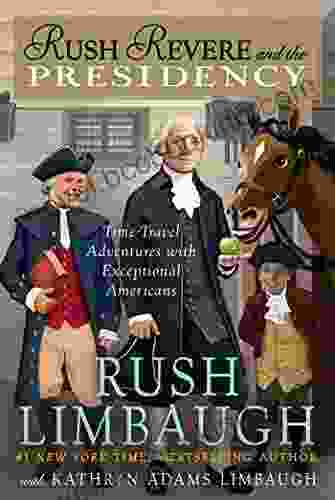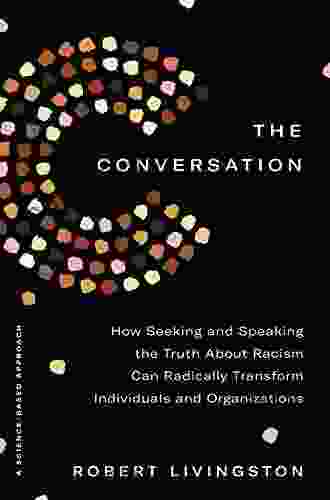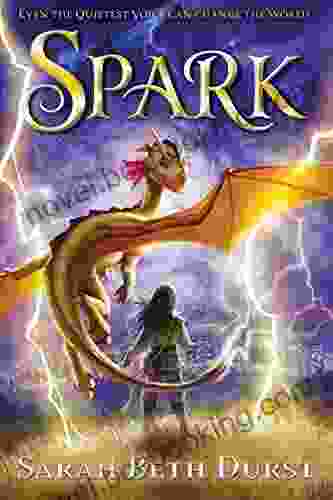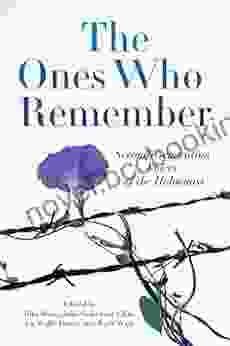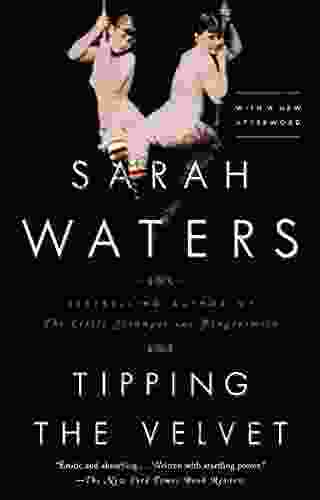Comprehensive Guide to Working With Digital Lighting

5 out of 5
| Language | : | English |
| File size | : | 16437 KB |
| Text-to-Speech | : | Enabled |
| Screen Reader | : | Supported |
| Enhanced typesetting | : | Enabled |
| Word Wise | : | Enabled |
| Print length | : | 244 pages |
Digital lighting is an essential part of photography and videography. It can make or break a shot, and it's something that every photographer and videographer needs to understand. This guide will teach you everything you need to know about digital lighting, from the basics to advanced techniques.
The Basics of Digital Lighting
The first step to understanding digital lighting is to understand the basics. This includes things like:
- Light sources: There are many different types of light sources, each with its own unique characteristics. The most common types of light sources for photography and videography are:
- Natural light: Natural light is the light from the sun. It's a free and abundant source of light, but it can be difficult to control.
- Artificial light: Artificial light is any light that is not from the sun. It can be produced by a variety of devices, such as light bulbs, flashlights, and LED panels.
- Light quality: The quality of light refers to its color temperature, softness, and directionality. Color temperature is measured in degrees Kelvin (K). The lower the color temperature, the warmer the light. The higher the color temperature, the cooler the light. Softness refers to how diffused the light is. Soft light is more flattering than hard light, which can create harsh shadows. Directionality refers to the angle at which the light is falling on the subject.
- Exposure: Exposure is the amount of light that reaches the camera's sensor. It is controlled by the aperture, shutter speed, and ISO. The aperture is the opening in the lens that allows light to enter the camera. The shutter speed is the amount of time that the shutter remains open. The ISO is the camera's sensitivity to light.
Lighting Techniques
Once you understand the basics of digital lighting, you can start to learn some lighting techniques. These techniques can help you create more beautiful and impactful images. Some of the most common lighting techniques include:
- Natural lighting: Natural lighting is a great option for photography and videography. It's free and abundant, and it can create beautiful, soft images. However, natural lighting can be unpredictable, so it's important to be prepared for changes in the light.
- Artificial lighting: Artificial lighting can be used to create more controlled lighting conditions. This can be helpful for situations where you need to be able to control the color temperature, softness, and directionality of the light. However, artificial lighting can be expensive and time-consuming to set up.
- Mixed lighting: Mixed lighting is a combination of natural and artificial lighting. This can be a good option for situations where you want to take advantage of the best of both worlds.
Light Modifiers
Light modifiers are devices that can be used to change the quality and direction of light. They can be used to create a variety of different effects, such as:
- Diffusers: Diffusers are used to soften light. They can be made from a variety of materials, such as paper, fabric, or plastic.
- Reflectors: Reflectors are used to bounce light back onto the subject. They can be made from a variety of materials, such as aluminum, silver, or gold.
- Snoots: Snoots are used to narrow the beam of light. They can be used to create a more focused and dramatic effect.
Advanced Lighting Techniques
Once you've mastered the basics of digital lighting, you can start to learn some more advanced techniques. These techniques can help you create even more stunning images. Some of the most common advanced lighting techniques include:
- High-key lighting: High-key lighting is a technique that uses a lot of bright light to create a bright and airy look. This technique is often used for portraits and product photography.
- Low-key lighting: Low-key lighting is a technique that uses a lot of dark and shadow to create a dramatic look. This technique is often used for
5 out of 5
| Language | : | English |
| File size | : | 16437 KB |
| Text-to-Speech | : | Enabled |
| Screen Reader | : | Supported |
| Enhanced typesetting | : | Enabled |
| Word Wise | : | Enabled |
| Print length | : | 244 pages |
Do you want to contribute by writing guest posts on this blog?
Please contact us and send us a resume of previous articles that you have written.
 Book
Book Novel
Novel Page
Page Chapter
Chapter Text
Text Story
Story Genre
Genre Reader
Reader Library
Library Paperback
Paperback E-book
E-book Magazine
Magazine Newspaper
Newspaper Paragraph
Paragraph Sentence
Sentence Bookmark
Bookmark Shelf
Shelf Glossary
Glossary Bibliography
Bibliography Foreword
Foreword Preface
Preface Synopsis
Synopsis Annotation
Annotation Footnote
Footnote Manuscript
Manuscript Scroll
Scroll Codex
Codex Tome
Tome Bestseller
Bestseller Classics
Classics Library card
Library card Narrative
Narrative Biography
Biography Autobiography
Autobiography Memoir
Memoir Reference
Reference Encyclopedia
Encyclopedia Roger Wiens
Roger Wiens Richard Schickel
Richard Schickel Robert Heier
Robert Heier Rebecca St James
Rebecca St James Rosemary Ferguson Robertson
Rosemary Ferguson Robertson Tom Copeland
Tom Copeland Richard Dyer
Richard Dyer Shepherd Mead
Shepherd Mead Sania Sharawi Lanfranchi
Sania Sharawi Lanfranchi Sachin Kumar
Sachin Kumar Turk Pipkin
Turk Pipkin Robert Gaskins
Robert Gaskins Robert Hamill
Robert Hamill Randy Pausch
Randy Pausch Robert E Kapsis
Robert E Kapsis Real Estate Exam Professionals Ltd
Real Estate Exam Professionals Ltd Sophie Stern
Sophie Stern Sam Quek
Sam Quek Sean Price
Sean Price Susan Cooper
Susan Cooper
Light bulbAdvertise smarter! Our strategic ad space ensures maximum exposure. Reserve your spot today!
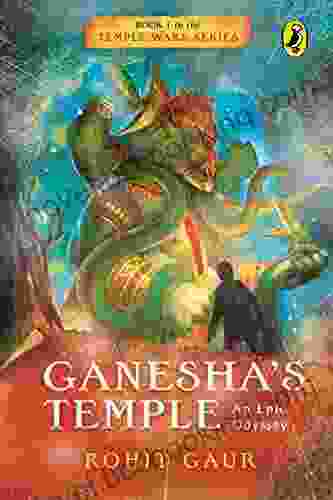
 Charlie ScottUnveiling the Spiritual and Architectural Splendor of Ganesha Temple Rohit...
Charlie ScottUnveiling the Spiritual and Architectural Splendor of Ganesha Temple Rohit... Branson CarterFollow ·15.3k
Branson CarterFollow ·15.3k Geoffrey BlairFollow ·15k
Geoffrey BlairFollow ·15k Roy BellFollow ·3.3k
Roy BellFollow ·3.3k Andy HayesFollow ·9.2k
Andy HayesFollow ·9.2k Adam HayesFollow ·5.6k
Adam HayesFollow ·5.6k Wesley ReedFollow ·3.6k
Wesley ReedFollow ·3.6k Zadie SmithFollow ·17.8k
Zadie SmithFollow ·17.8k Houston PowellFollow ·12.4k
Houston PowellFollow ·12.4k

 Steven Hayes
Steven HayesEmbark on Unforgettable Adventures: Discover the Best of...
Unveiling the Enchanting Trails of the...
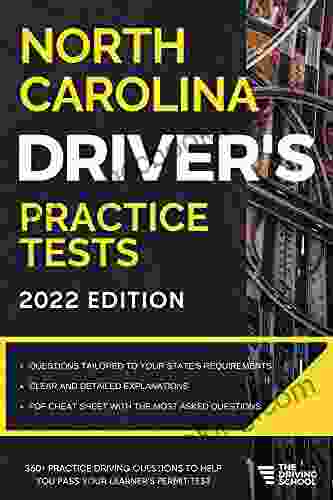
 Jarrett Blair
Jarrett BlairMaster the Road: Ace Your North Carolina Driver's Test...
Unlock the Secrets to...
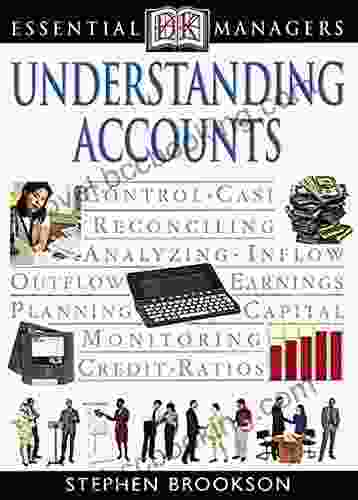
 Brent Foster
Brent FosterDk Essential Managers Understanding Accounts: Your...
In today's...
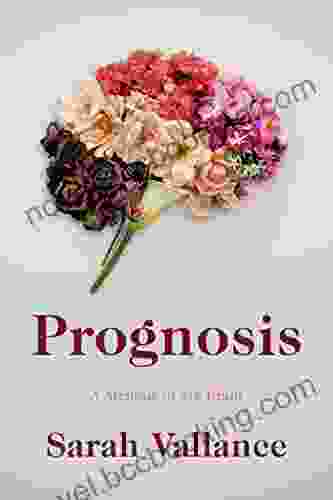
 Isaac Mitchell
Isaac MitchellPrognosis: A Memoir of My Brain - A Journey of Hope and...
In 2013, Eve Ensler was diagnosed with a...
5 out of 5
| Language | : | English |
| File size | : | 16437 KB |
| Text-to-Speech | : | Enabled |
| Screen Reader | : | Supported |
| Enhanced typesetting | : | Enabled |
| Word Wise | : | Enabled |
| Print length | : | 244 pages |


